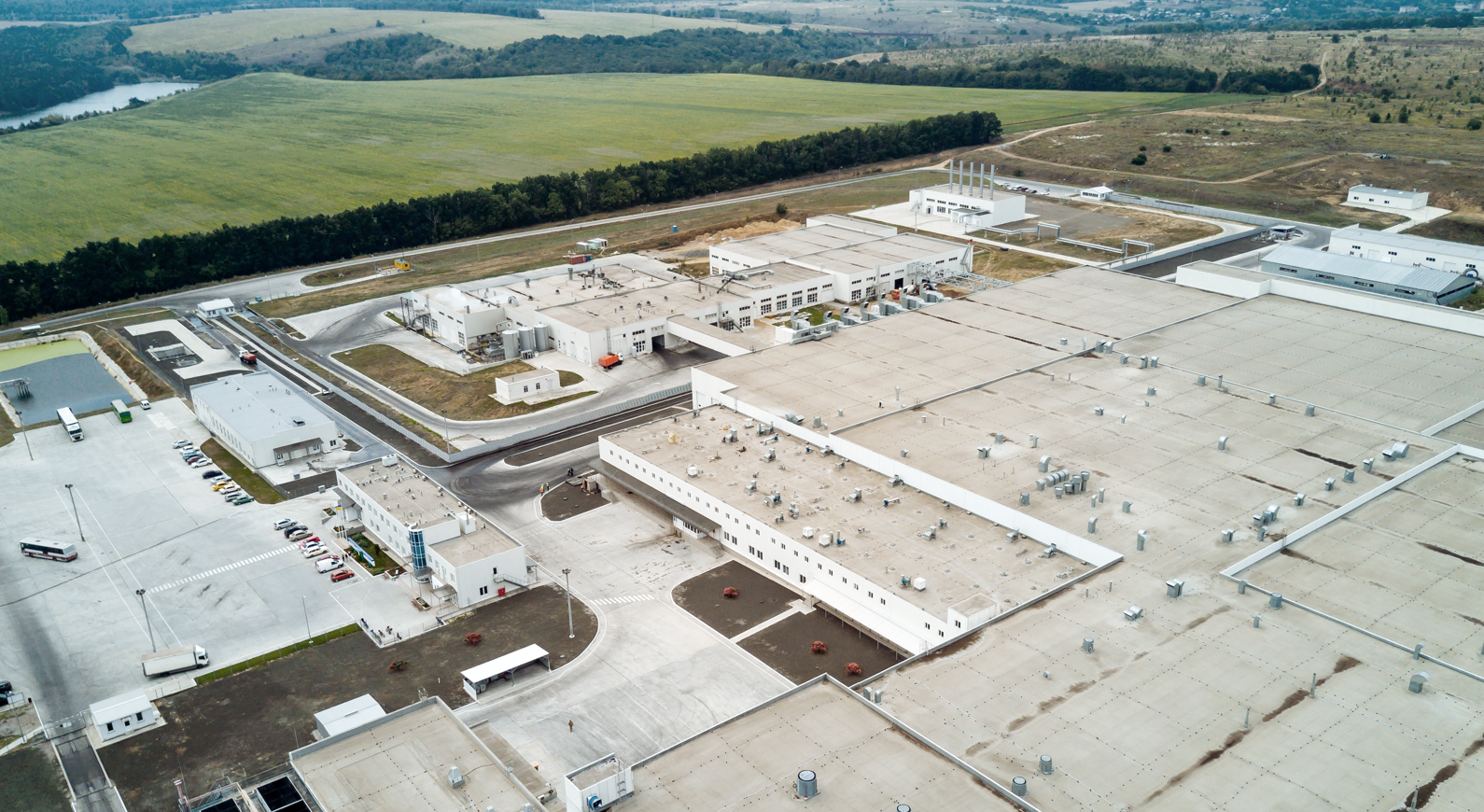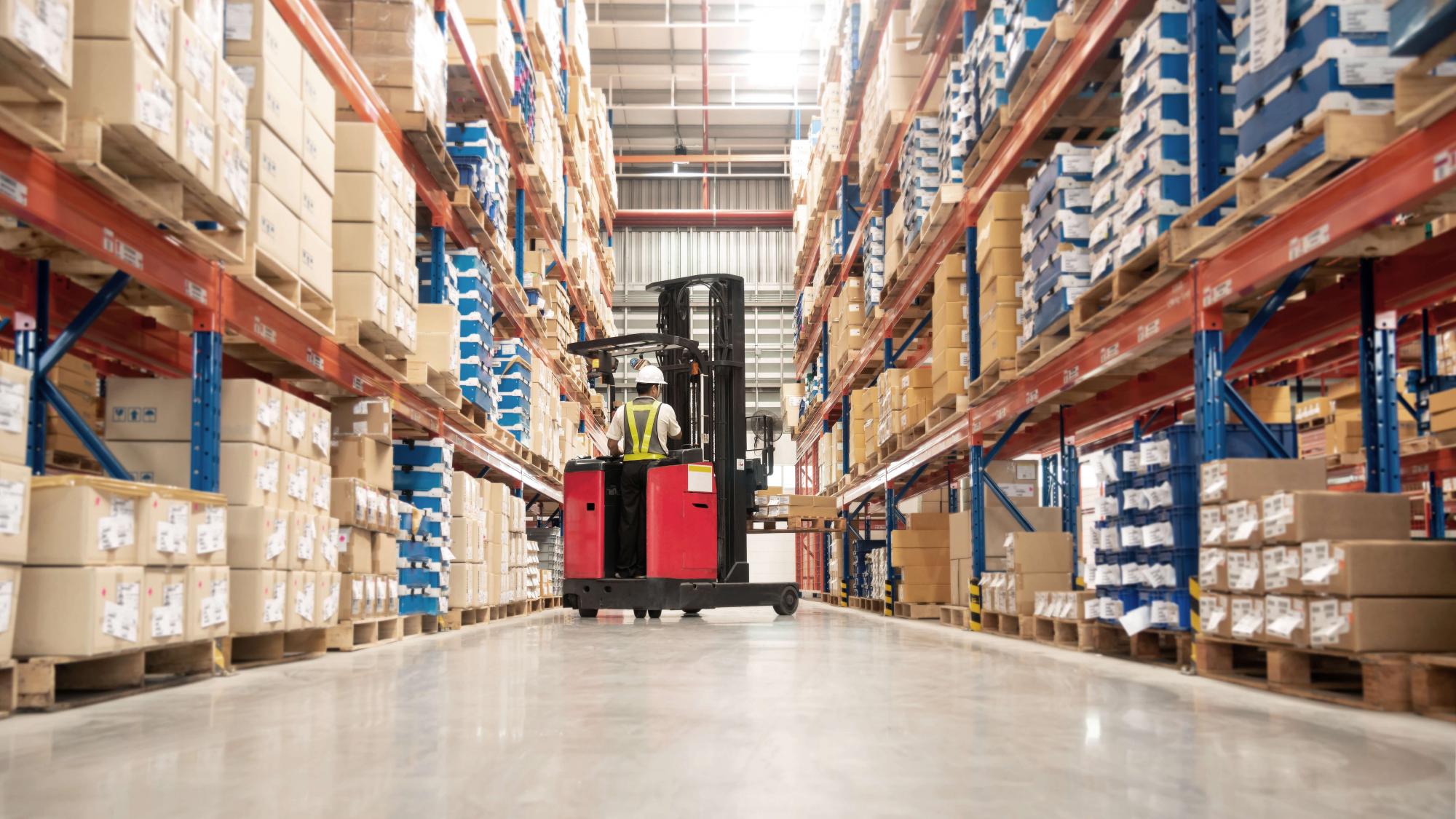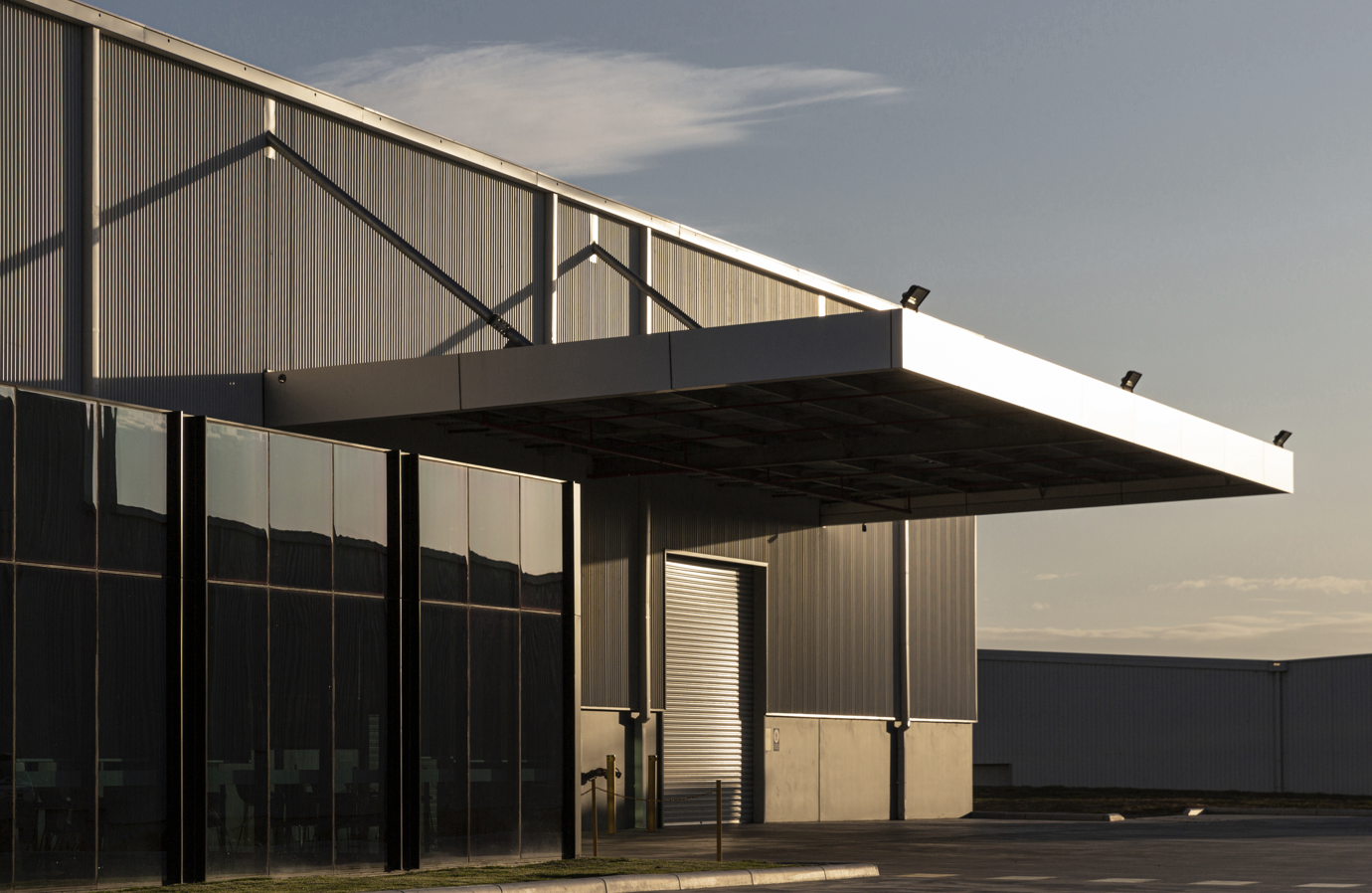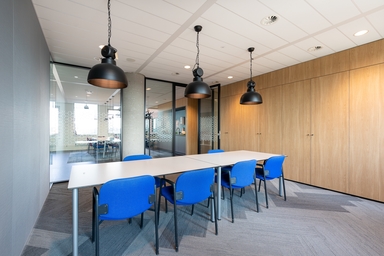
Will industrial real estate be boosted by technological innovations?

B-level warehouses are no longer trendy. However, weaker demand has also been observed in A-level industrial properties. This is resulting in a more attractive supply. Developers want to attract new tenants through location and technological innovations. We took a look at how.
The declining sector was driven by e-commerce
After two years of strong leasing activity, the industrial and logistics real estate sector experienced a significant slowdown in 2024. Vacancy rates began to rise as early as the first quarter of 2024 and by the end of the year exceeded 5%.

"The supply of modern industrial and logistics real estate in Slovakia has expanded to 4.5 million square meters. This represents a year-on-year increase of 13%. In western Slovakia, 104,000 square meters were added. The growth of the industrial real estate market was significantly accelerated by projects in the Trnava region, which contributed more than 96,000 square meters."
The most significant decline was recorded in the 3PL segment (Third-Party Logistics), where newly leased space fell by 61% year-on-year. Demand in the automotive sector, which is dominant in Slovakia, decreased by 44%, and the manufacturing sector shrank by 50%. On the other hand, the e-commerce segment achieved exceptional results, with leasing activity rising to more than 71,000 square meters, up from just 6,000 square meters in 2023. The retail tenant segment also demonstrated resilience, increasing by 37% year-on-year. For example, the new retail chain on the Slovak market, Biedronka, leased over 27,000 m² of space in CTPark Voderady at the end of 2024.
When demand falls, supply must be attractive
CBRE analysts anticipate that weaker demand will lead to a slight increase in vacancy rates and stable or declining rent levels. However, in selected areas with limited space availability and strong tenant demand, rent is expected to continue growing at a slow pace. Low demand does not mean developers are not building speculative logistics centers. Construction is taking place in areas where rapid building occupancy is expected. Developers and their clients are aware of the limitations of roads and highways in Slovakia and where quick access to road infrastructure is decisive.

Higher rents can be charged by those who offer not only an attractive location but also innovations. After all, warehouse automation is today considered the key to maintaining competitiveness in the sector. Companies plan to further develop automated systems with the aim of reducing dependence on manual labor. They want to increase efficiency and improve the accuracy of warehouse operations. Automated shelving systems, autonomous handling equipment, and robotic picking are becoming the standard.
What do tenants expect from industrial real estate?
-
Industrial properties must have a strategic location with good connection to transport infrastructure.
-
Spaces offer modern and technologically advanced solutions.
-
They expect quality, modern, energy-efficient, and ecological warehouses and halls.
-
Increasingly, they demand preparation for automated robotic warehouses and autonomous handling equipment.
-
They appreciate flexibility and scalability of spaces according to current needs (e.g., during the Christmas season).

Innovation hand in hand with ecology
Technologies in warehouses are more often related to the ESG agenda. The use of renewable energy sources, such as solar panels and wind turbines, heat pumps, and similar, are already part of the infrastructure of industrial facilities. This can cover part or the entire energy consumption from sustainable sources, contributing to the reduction of the carbon footprint. In the case of huge distribution center areas – not only the roofs of buildings – it is even possible to offer surplus energy to surrounding municipalities or feed it into the public grid. Ecological innovations will not play a secondary role. Investments in industrial real estate are driven by tenants’ pressure for energy self-sufficiency of warehouses, and the use of renewable energy sources is increasing.
Simply replacing original lighting with energy-saving LEDs brings significant long-term energy savings. LED lighting is up to 50-70% more energy-efficient than traditional bulbs or discharge lamps and has a multiple times longer lifespan. Although it may sound silly at first, an automated robotic warehouse running non-stop on electricity is more energy-efficient than a conventional warehouse. One company in Slovakia, investing in an AutoStore warehouse, somehow did not count on the saved energy consumption. However, the robots are so energy-saving that they shortened the planned payback period of the entire system by almost a year. And we’re talking about an investment of several million euros!
Technologies also influence the development of warehouse buildings themselves. The mentioned AutoStore can only be placed on a perfectly flat concrete slab with high load-bearing capacity. Any deviation means time-consuming and costly floor replacement. At the same time, warehouses must be scalable, meaning the robotic warehouse inside the building must have space for expansion.
In line with the ESG agenda, innovations are not only ecological (Environmental), but also focused on governance (Governance) and people, employees (Social). Modern warehouses are designed with zoning, visual elements such as “traffic lights” and warning lights, mirror systems, or separation of spaces to increase safety of equipment and people movement. Handling equipment is commonly equipped with anti-collision systems. A standard feature of industrial buildings is pleasant employee facilities, with a canteen, coffee machines, and other amenities.
Warehouse security against external breaches and internal incidents is overseen by a system of security features and alarms, such as innovative cameras with AI analytics that can detect potential risks.

Warehouses straight out of a sci-fi movie
A look at AutoStore or similar warehouses used by Amazon or the e-shop Alza, where dozens of robots seemingly run chaotically, resembles a sci-fi movie. Naturally, operating such a futuristic warehouse requires more than just a flat floor. Warehouses and halls must have sufficiently wide aisles (wider than those used by manually operated carts) and proper cabling. Some types of automatic, autonomous carts are guided by cables embedded in the floor. Other types of robotic handling vehicles require high-quality 5G connectivity. Therefore, the warehouse must have an independent 5G network built with all necessary cabling, Wi-Fi routers, a data center, and often a backup generator. It cannot happen that the vehicles suddenly stop working because of “weak Wi-Fi.”
Technological innovations differ across industries. A company assembling sensitive data centers and electronics will have different requirements for ventilation, temperature, and dust control than a retailer handling tons of frozen and chilled food products. Mention should also be made of smart grid technology, which enables energy consumption management, significantly increasing efficiency and reducing costs, as well as systems monitoring air quality. Ubiquitous smart sensors and IoT (Internet of Things) devices provide real-time data, enabling quick responses to potential issues — from production or stocking process interruptions to risks related to fire or overheating.
All warehouse processes are supervised by Warehouse Management Systems (WMS), which nowadays rely on machine learning and artificial intelligence (AI). Modern WMS will increasingly be cloud-based and remotely accessible. However, as mentioned, many systems will still have physical backups directly within the industrial properties. Just as backup power generators ensure uninterrupted electricity supply, backup data centers guarantee continuous operations.
The future also embraces virtual reality (VR) and augmented reality (AR). Investments in industrial real estate are costly and require long-term planning and design. VR and AR technologies assist in these processes and have proven valuable in training programs and equipment maintenance. Employees are trained through simulations, improving their preparedness for various real-life operational situations.
Source: CBRE “Slovak Real Estate Market Outlook 2025”, Study “Trends in Czech Logistics 2025” conducted by IPSOS for SKLAD.

